A couple of months back, I wrote about a trip to Mount Abu. This post takes up the story the next day, when we drove to Udaipur, a city in southern Rajasthan, to catch our flight to Mumbai. This is a shorter drive (three hours rather than five hours) than a return trip to Ahmadabad and, as a bonus, we got to see more sights.
We left at a comfortable time in the morning. At the 3,900 feet / 1,200 meter altitude of Mount Abu, the weather was clear and pleasant. We set off in a caravan of cars and headed towards Udaipur. Udaipur is known as the “City of Lakes” and is a very popular tourist destination. There are many palaces in the city and on the lakes. The palaces are considered of the Rajput era and were built from the 16th to 19th century.
Our first, and only palace visit, was to the see the Monsoon Palace on the western outskirts of Udaipur. Built in 1884, the palace is high on the Aravalli Hills, just outside Udaipur. According to Wikipedia, it was planned to be a large astronomical observatory, but upon the premature death of the builder, Maharana Sajjan Singh, it was turned into a hunting lodge and a place to observe the monsoon clouds. It has a fantastic view of Udaipur, its lakes, and the palaces. This first picture is of Lake Pichola taken from the Monsoon Palace.
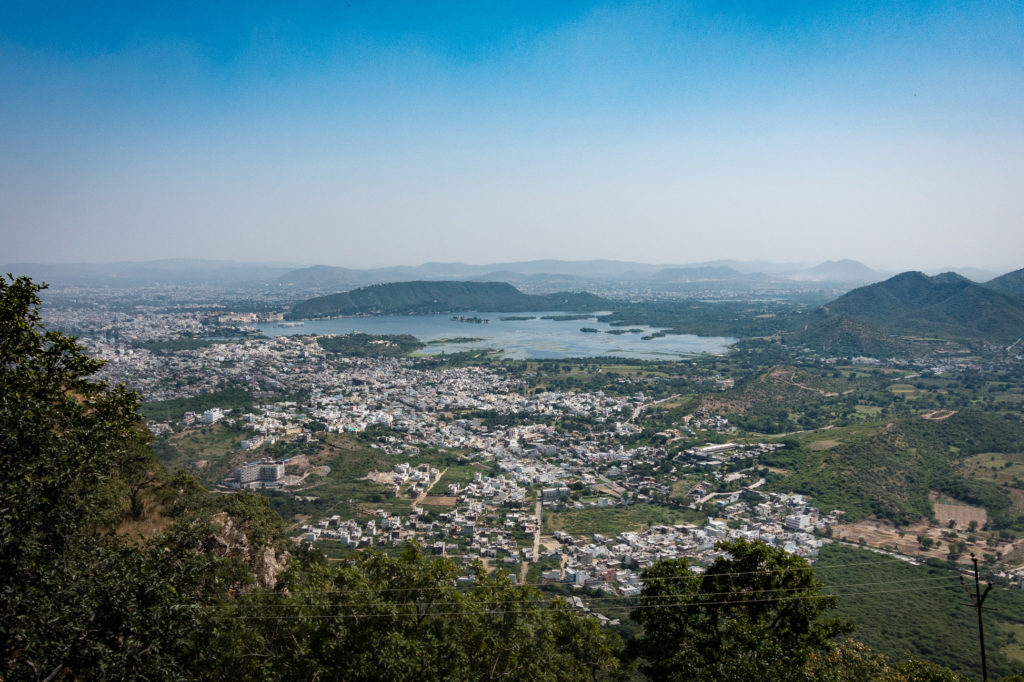
Lake Pichola in Udaipur from the Monsoon Palace
This next picture is the only one that includes any part of the Monsoon Palace. It is a rather plain palace and most of the pictures I took there were of our traveling group. As a policy, I don’t include people pictures in these public blog posts. Here you can see the wall of the palace with Udaipur and its lakes in the distance.
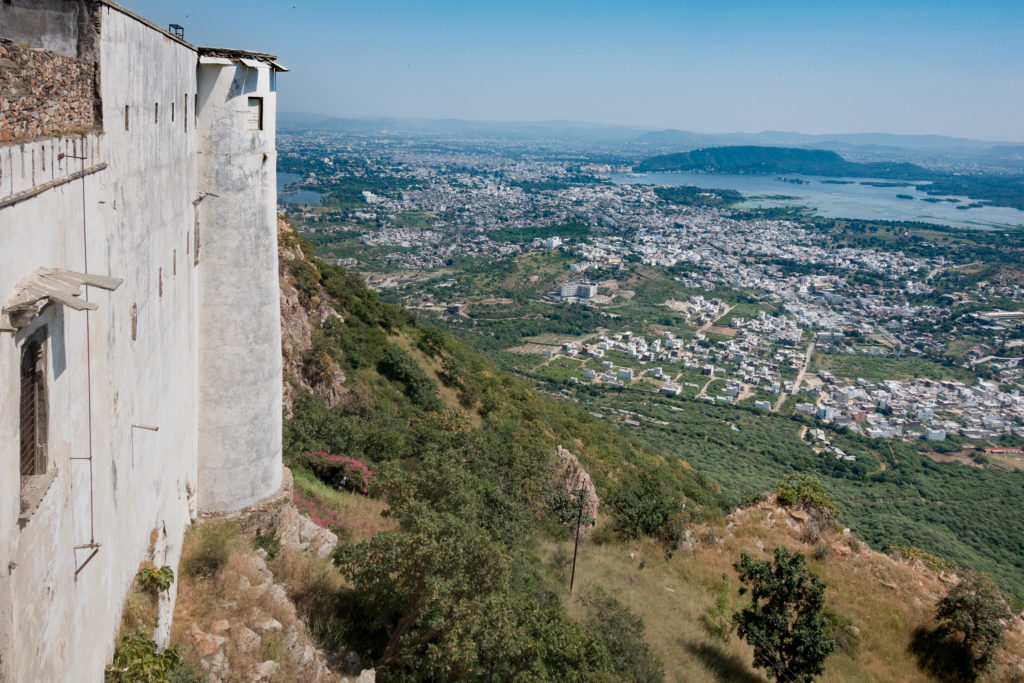
The walls of the Monsoon Palace with Udaipur in the distance
This is a view of another major lake in Udaipur, Fateh Sagar Lake. It has a park and a solar observatory on islands in the lake.
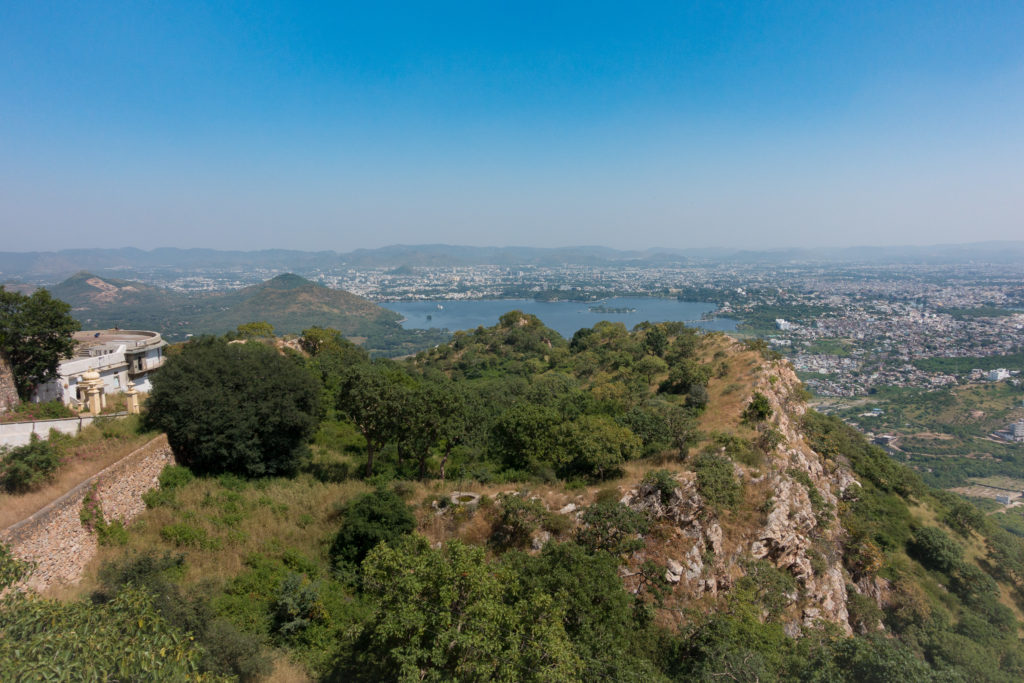
Fateh Sagar Lake from the Monsoon Palace
Continue reading →
Like this:
Like Loading...

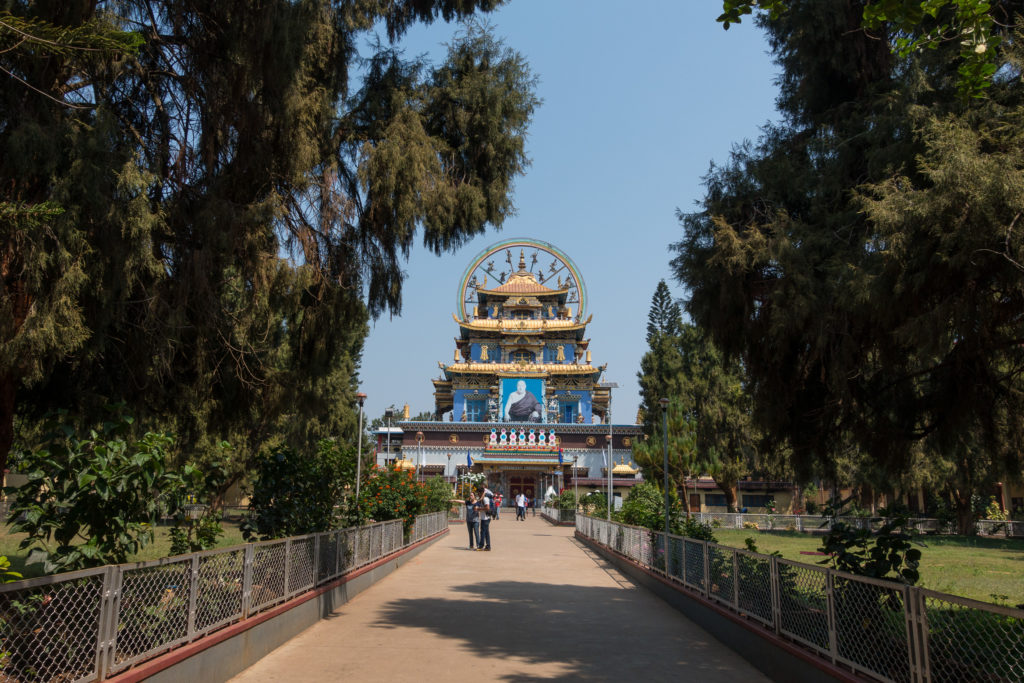
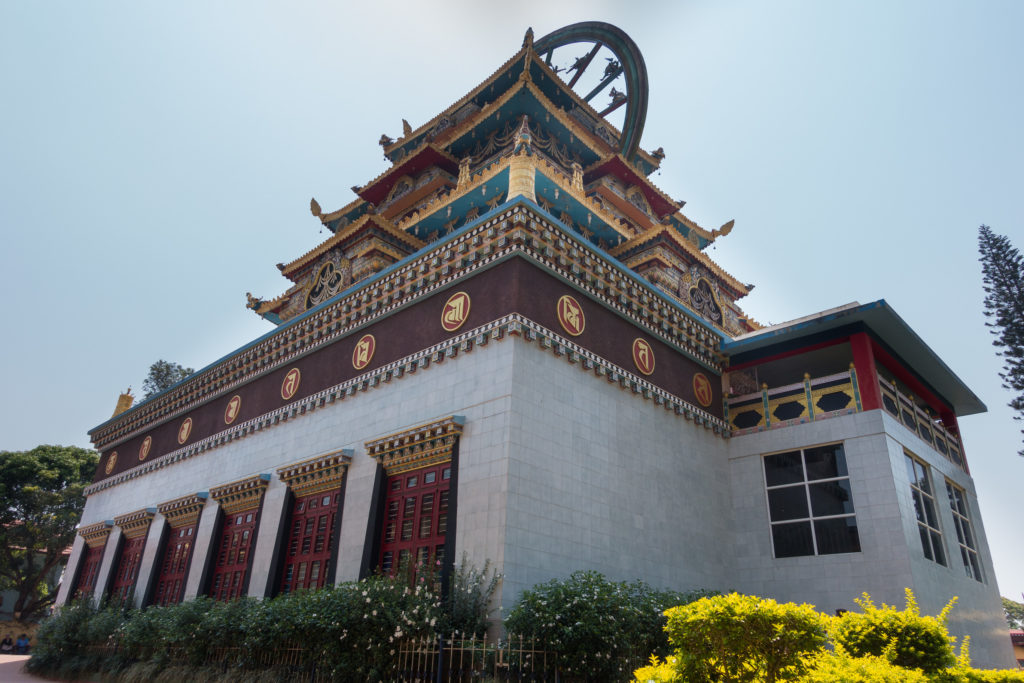




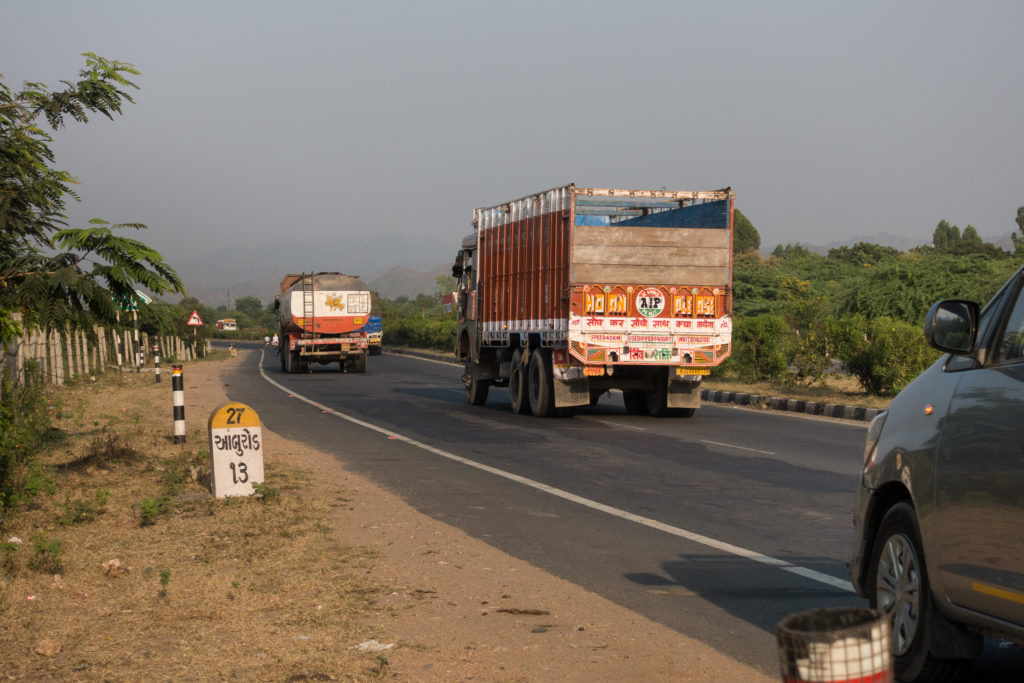
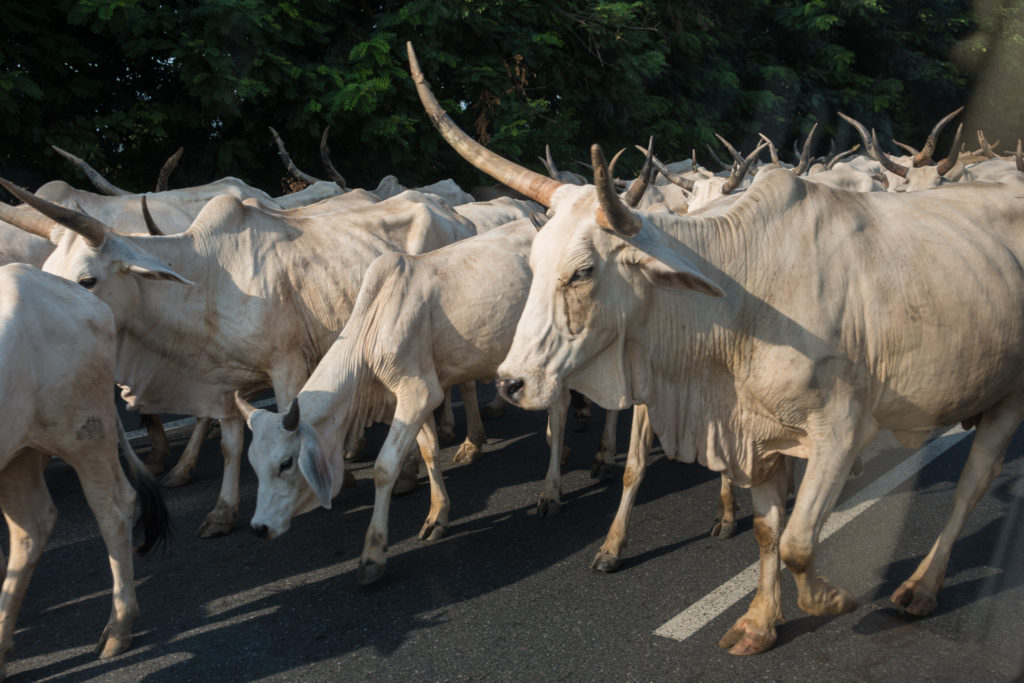
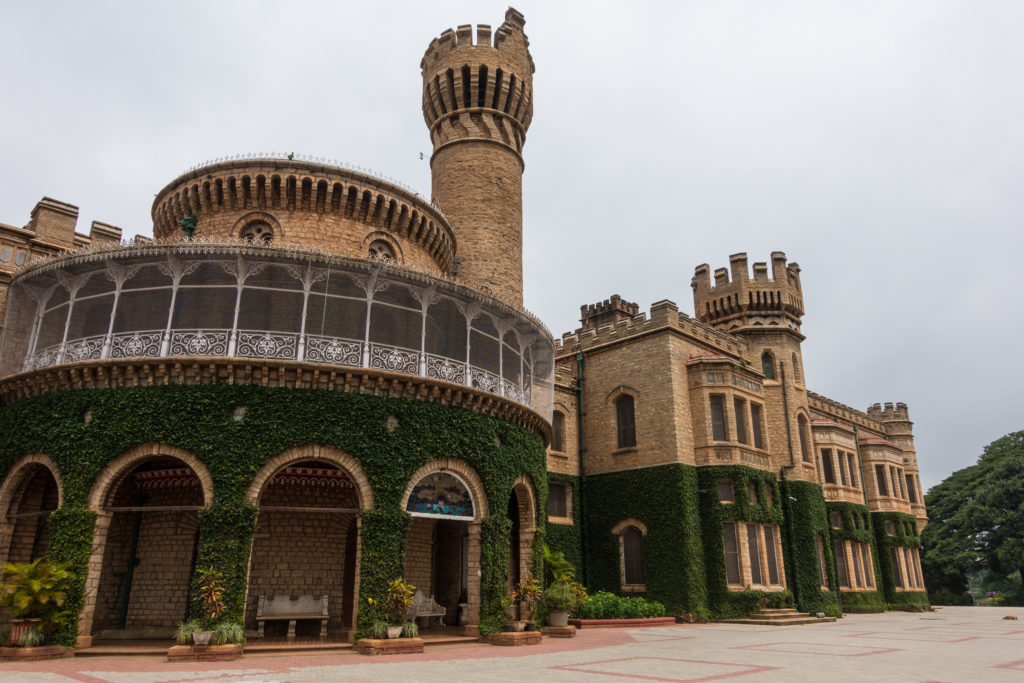
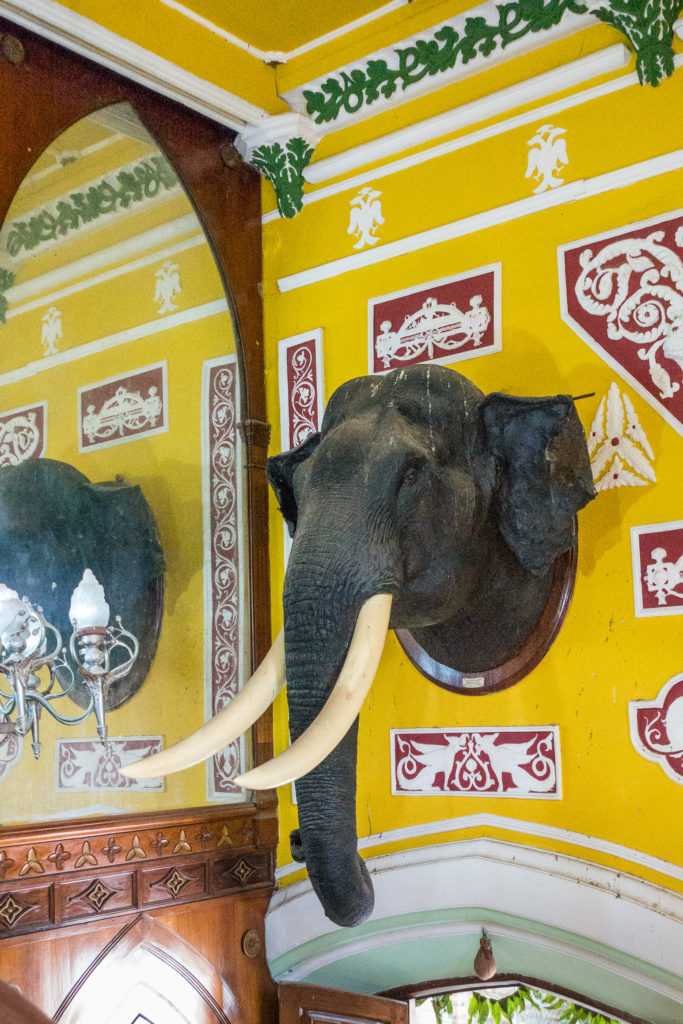
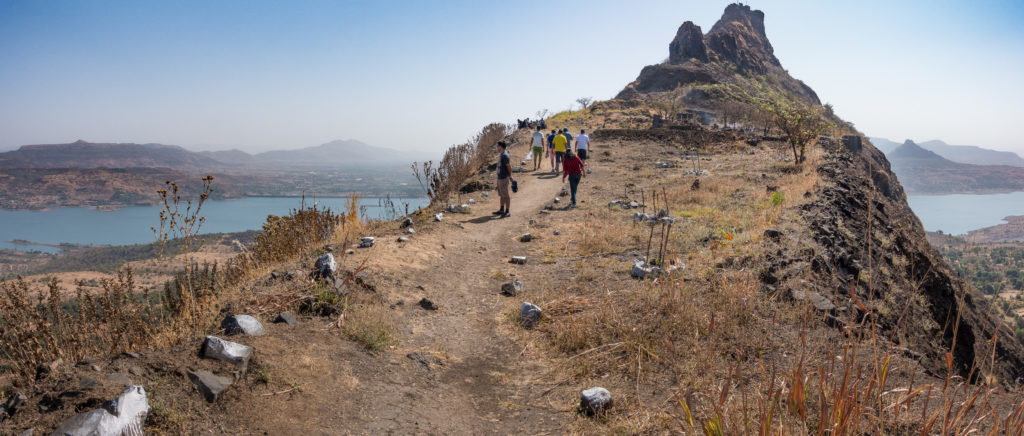
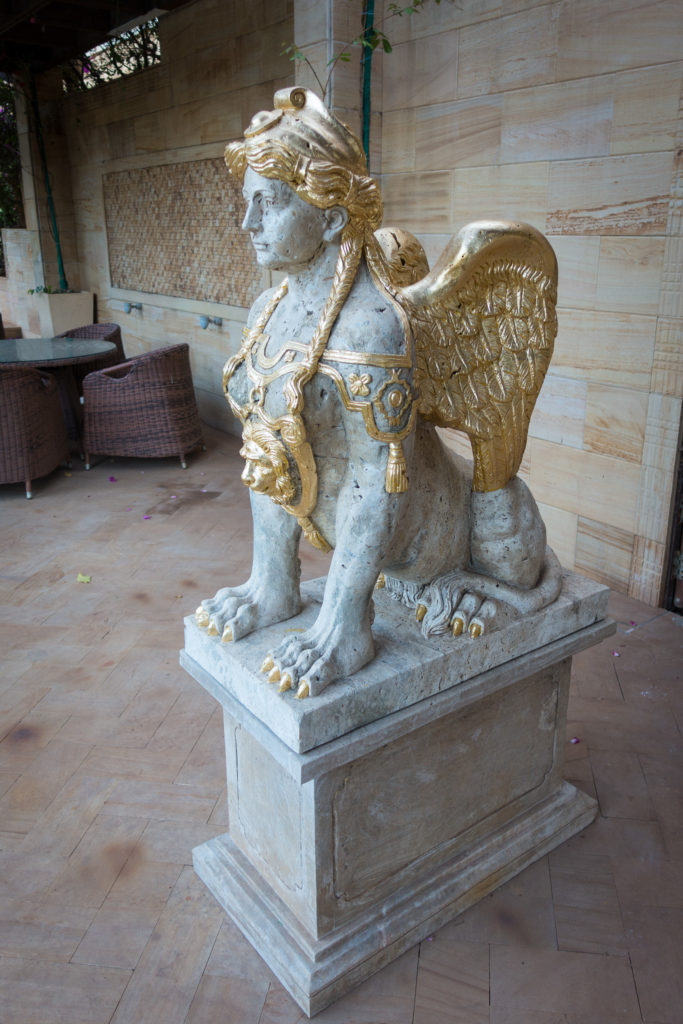
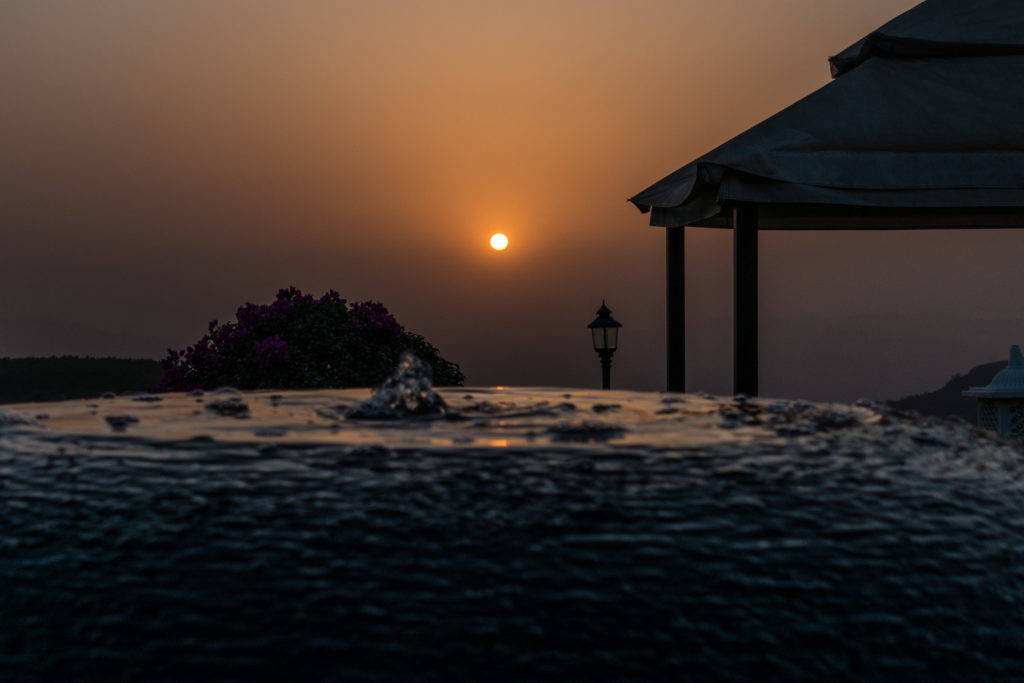
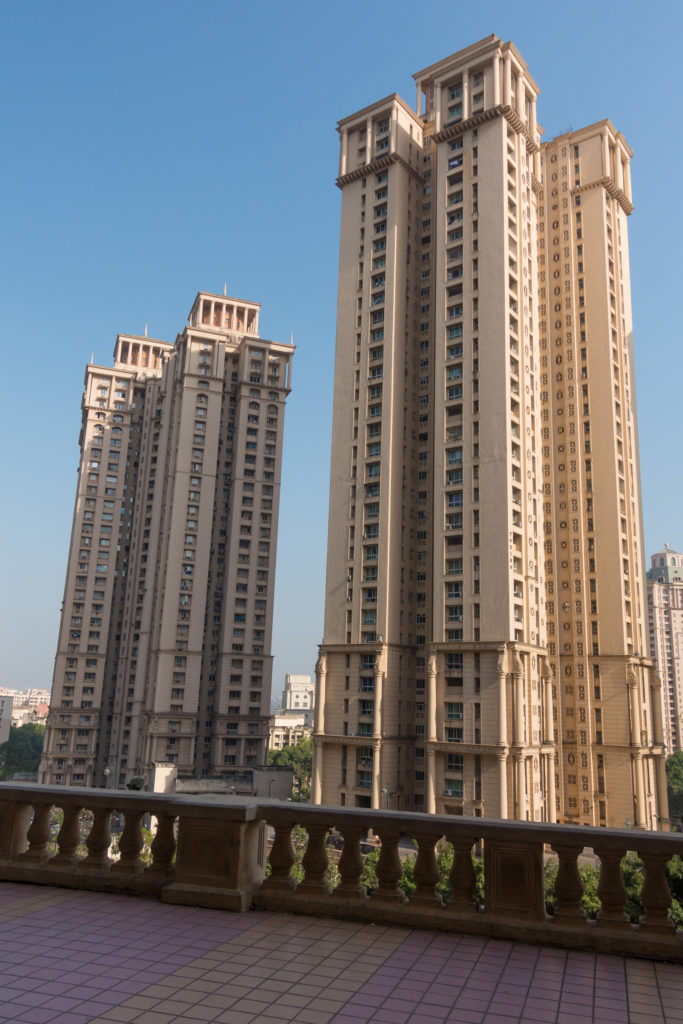
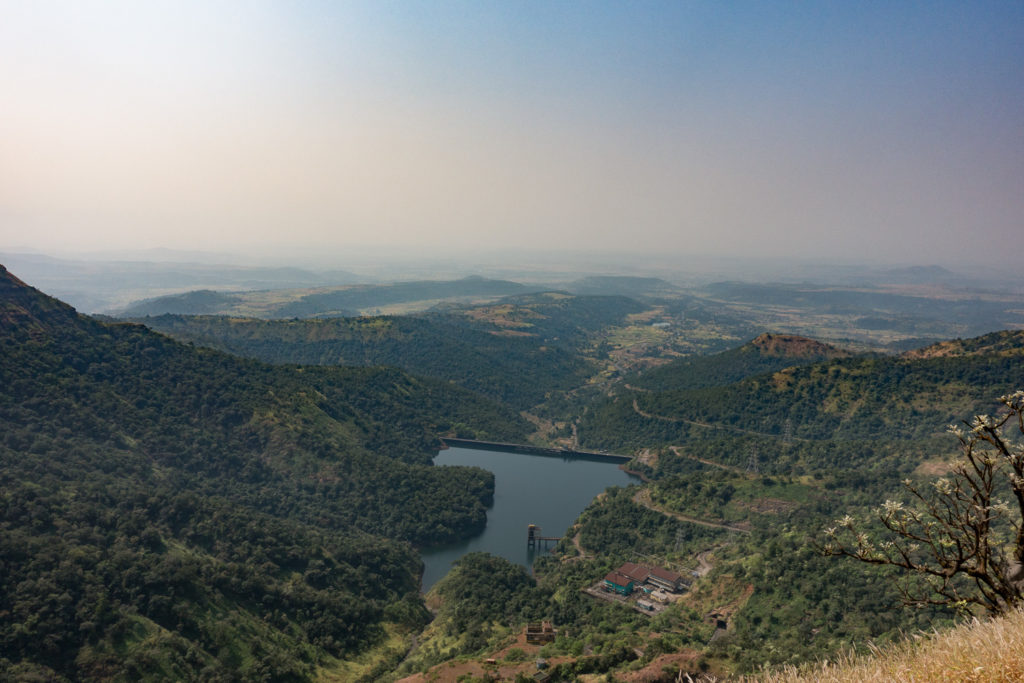
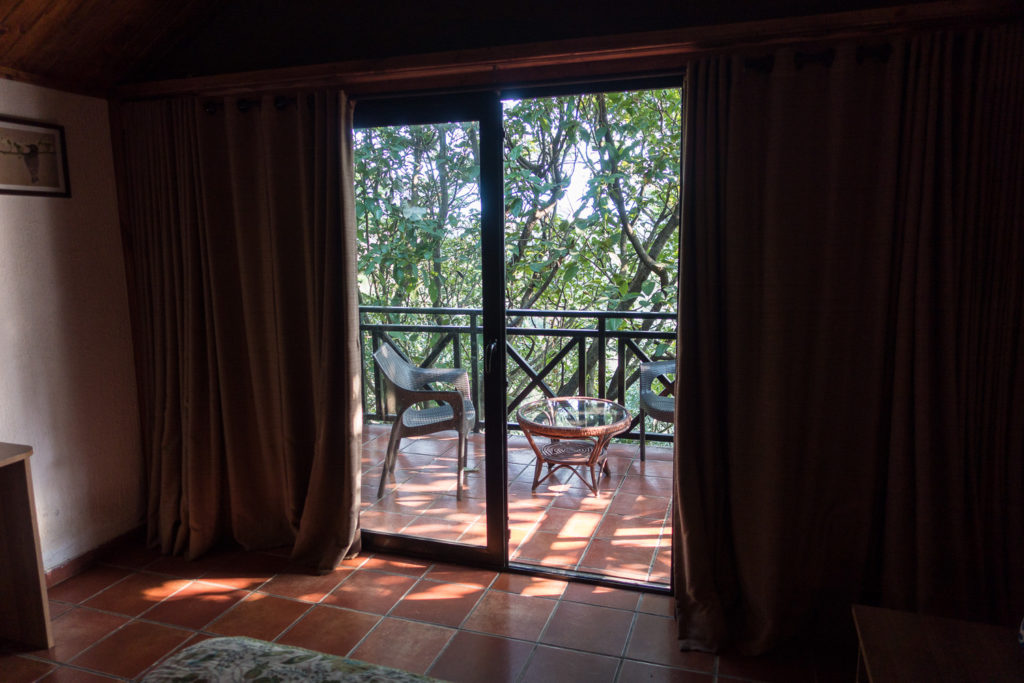
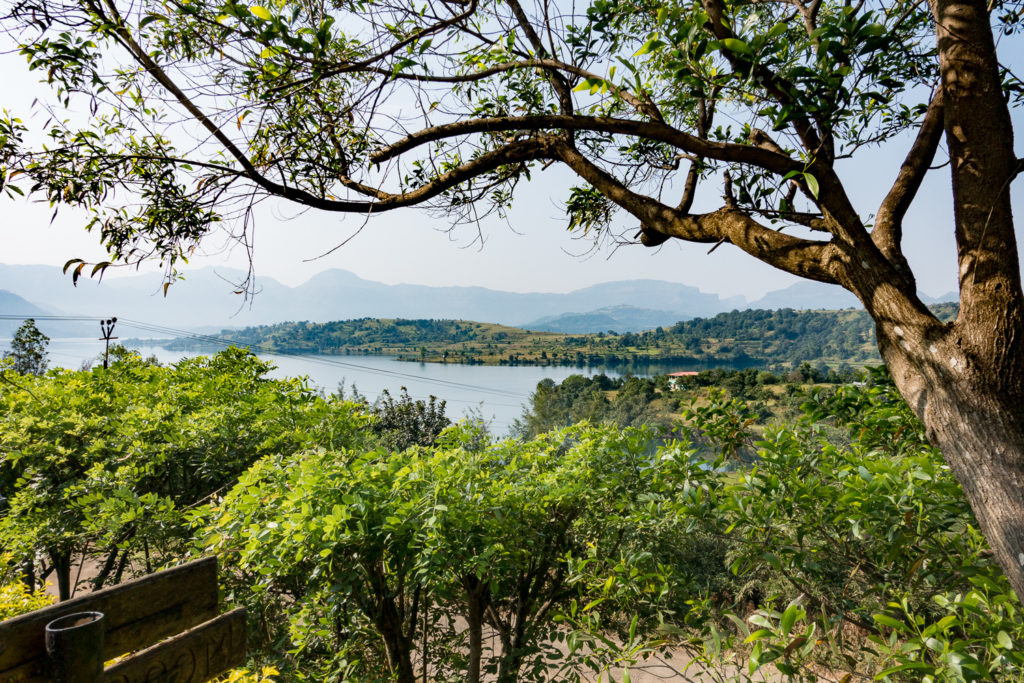
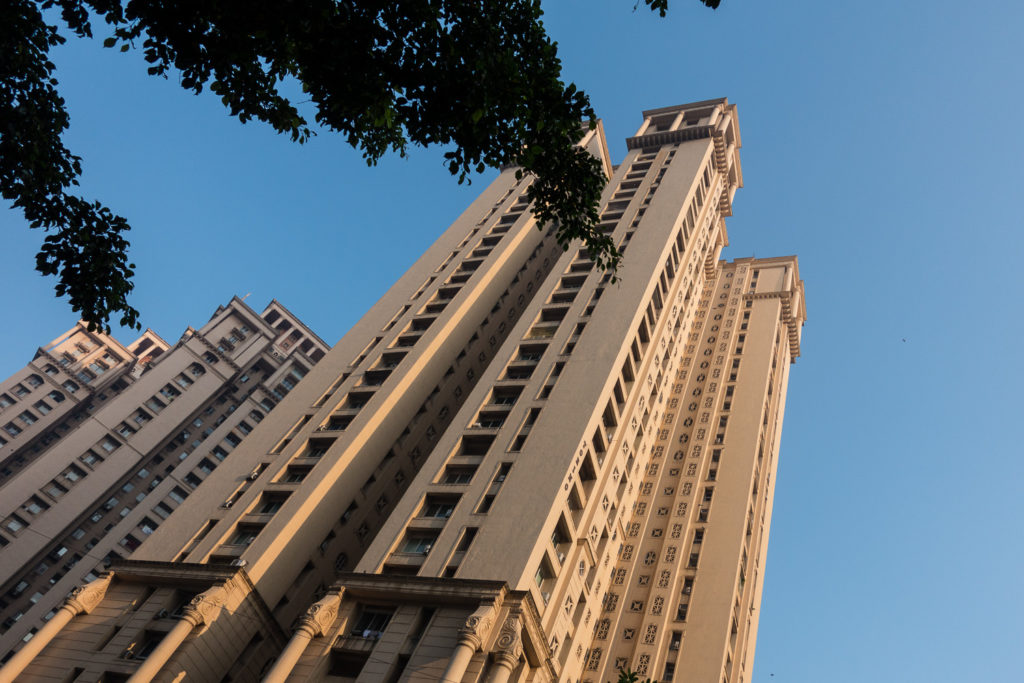
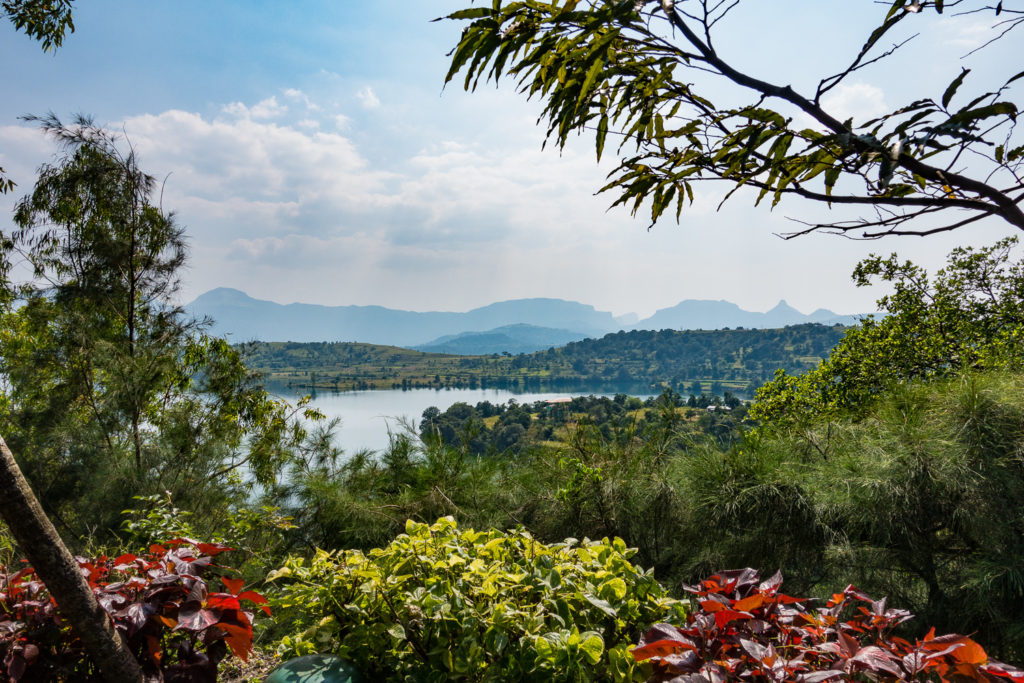
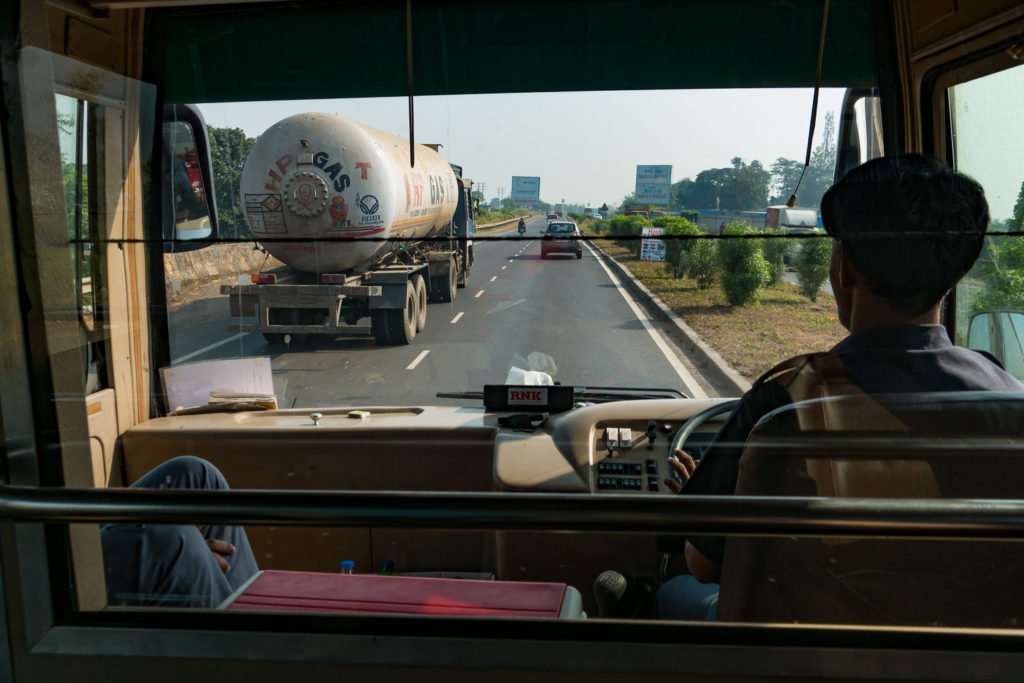

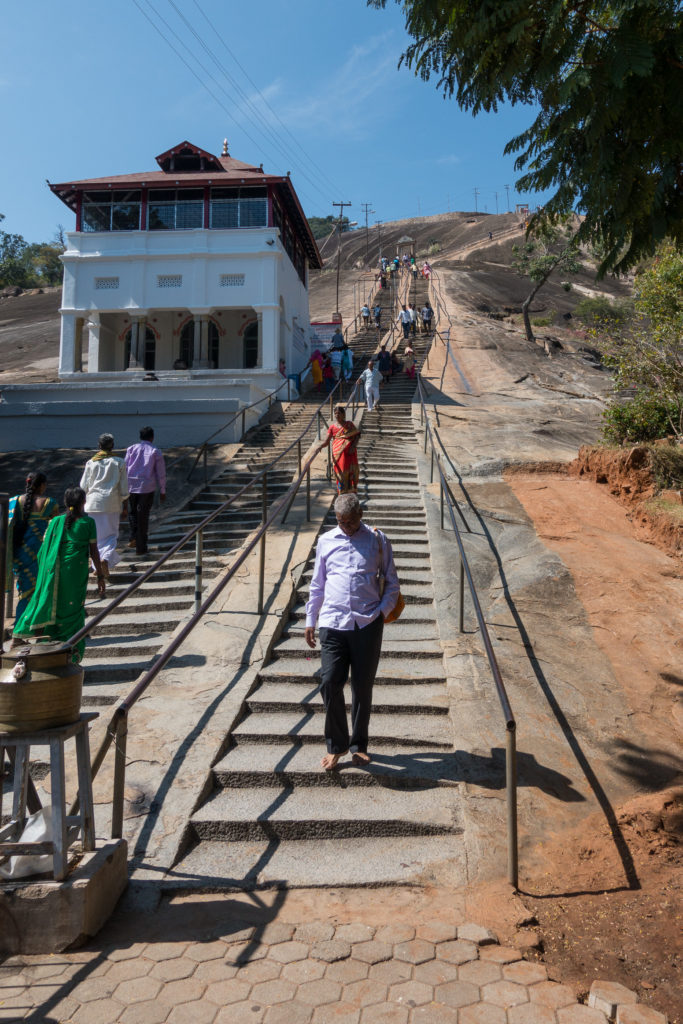
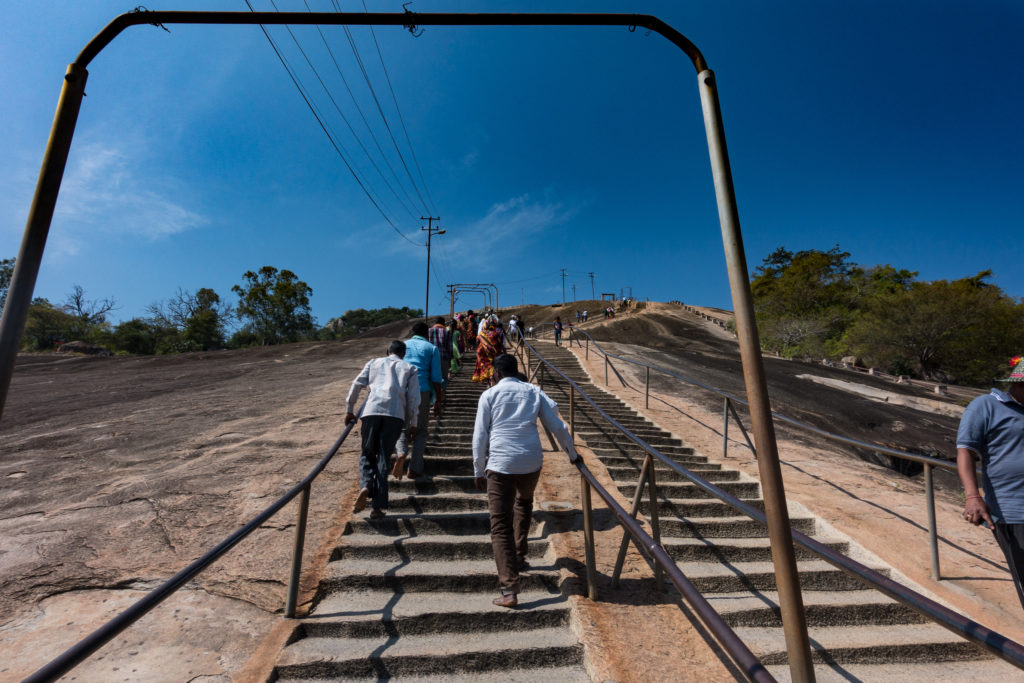
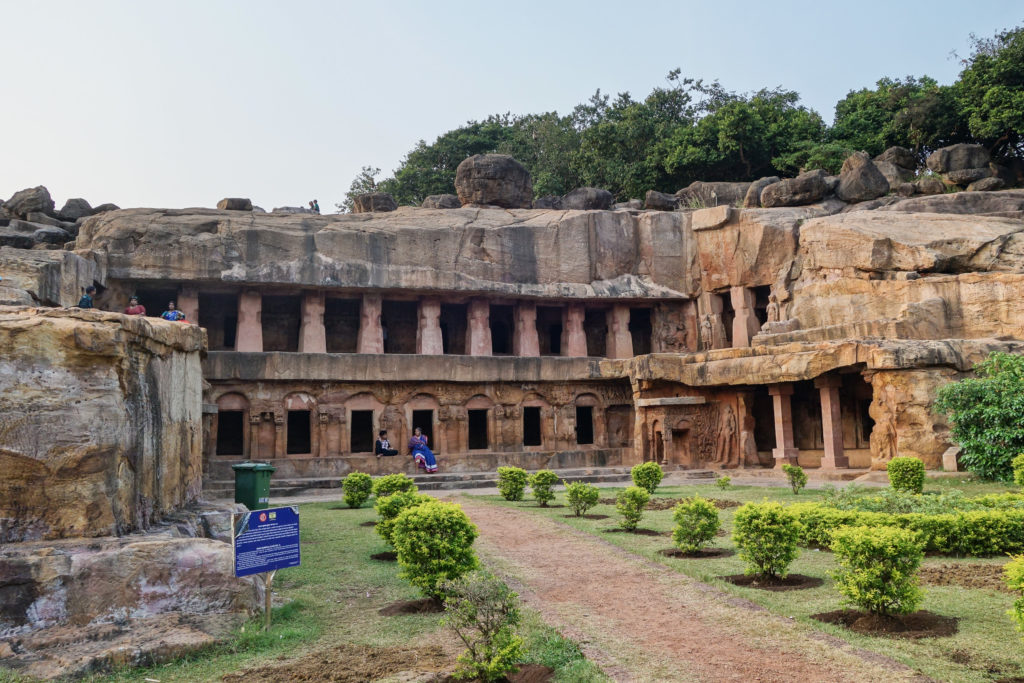
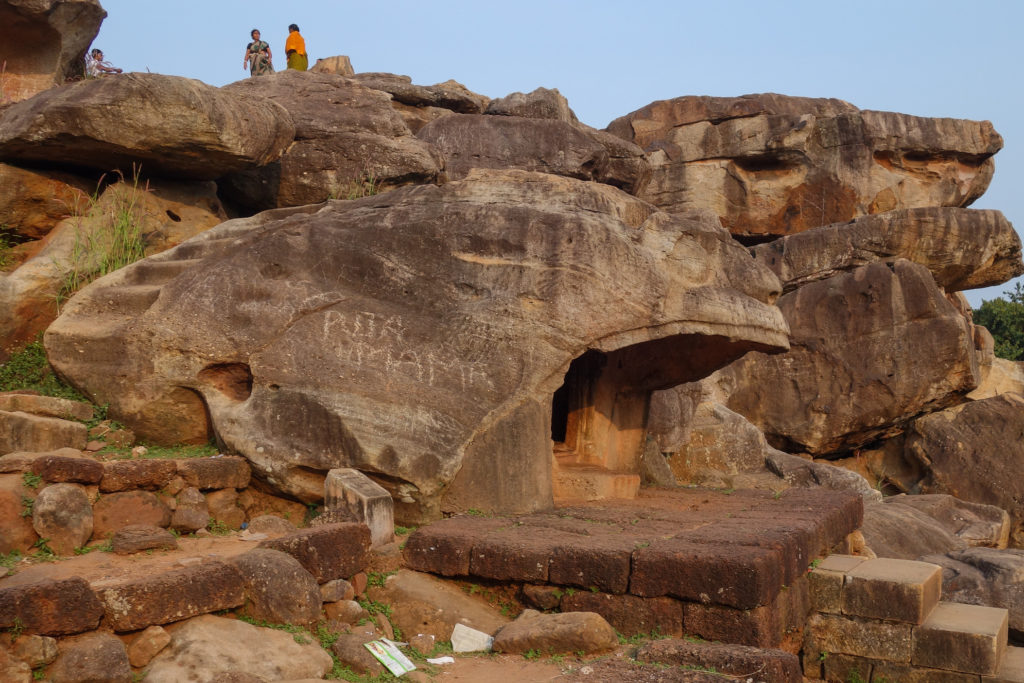
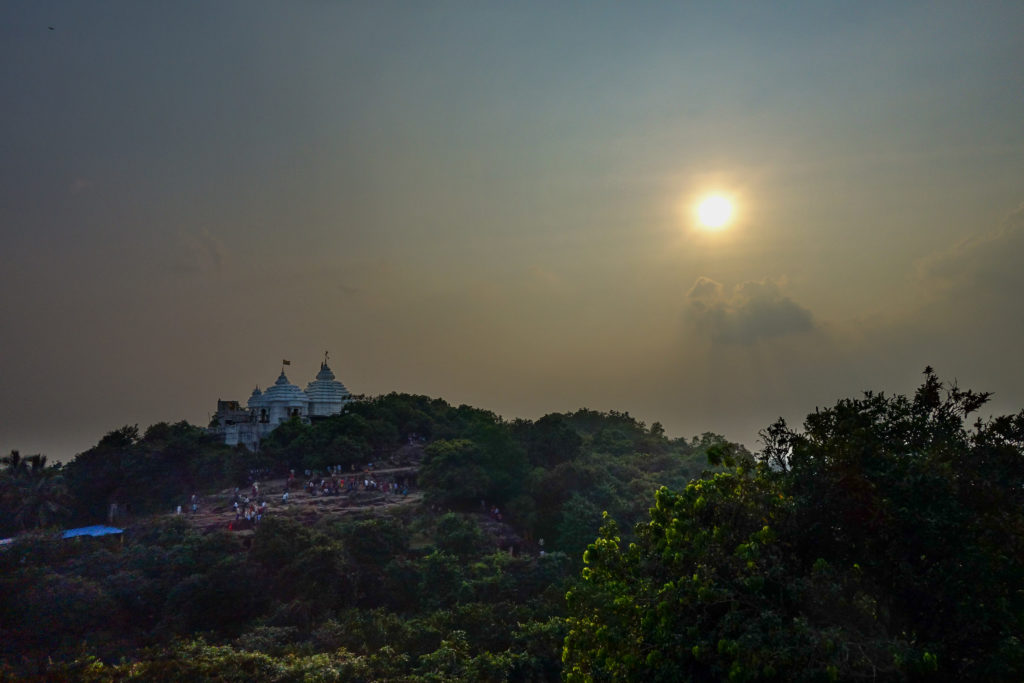
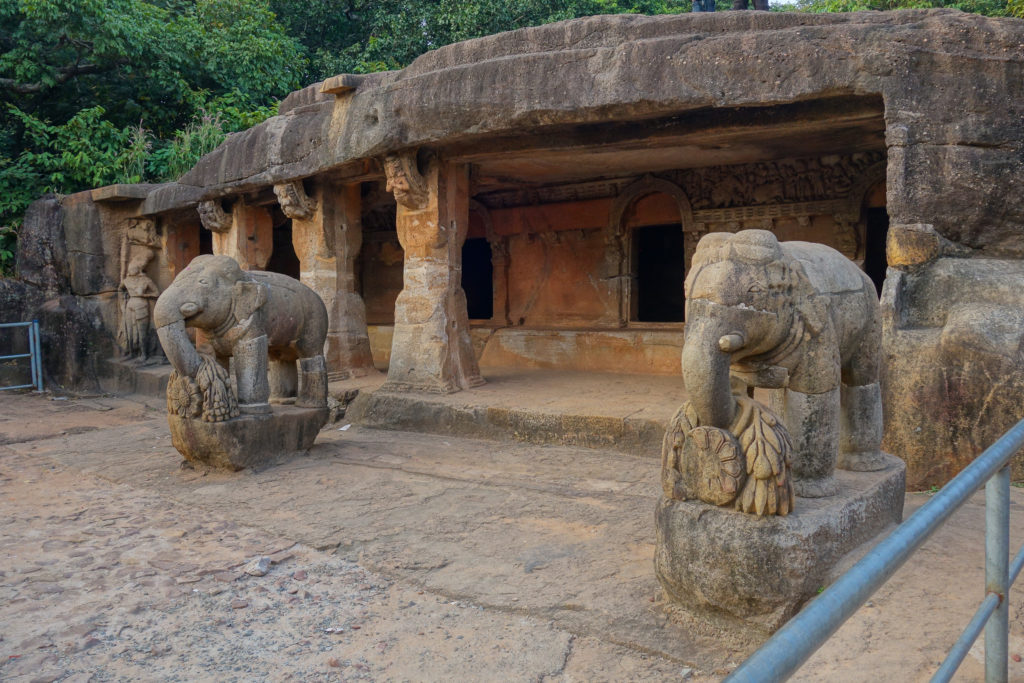
You must be logged in to post a comment.